Five Milkweed Varieties For Zone 3
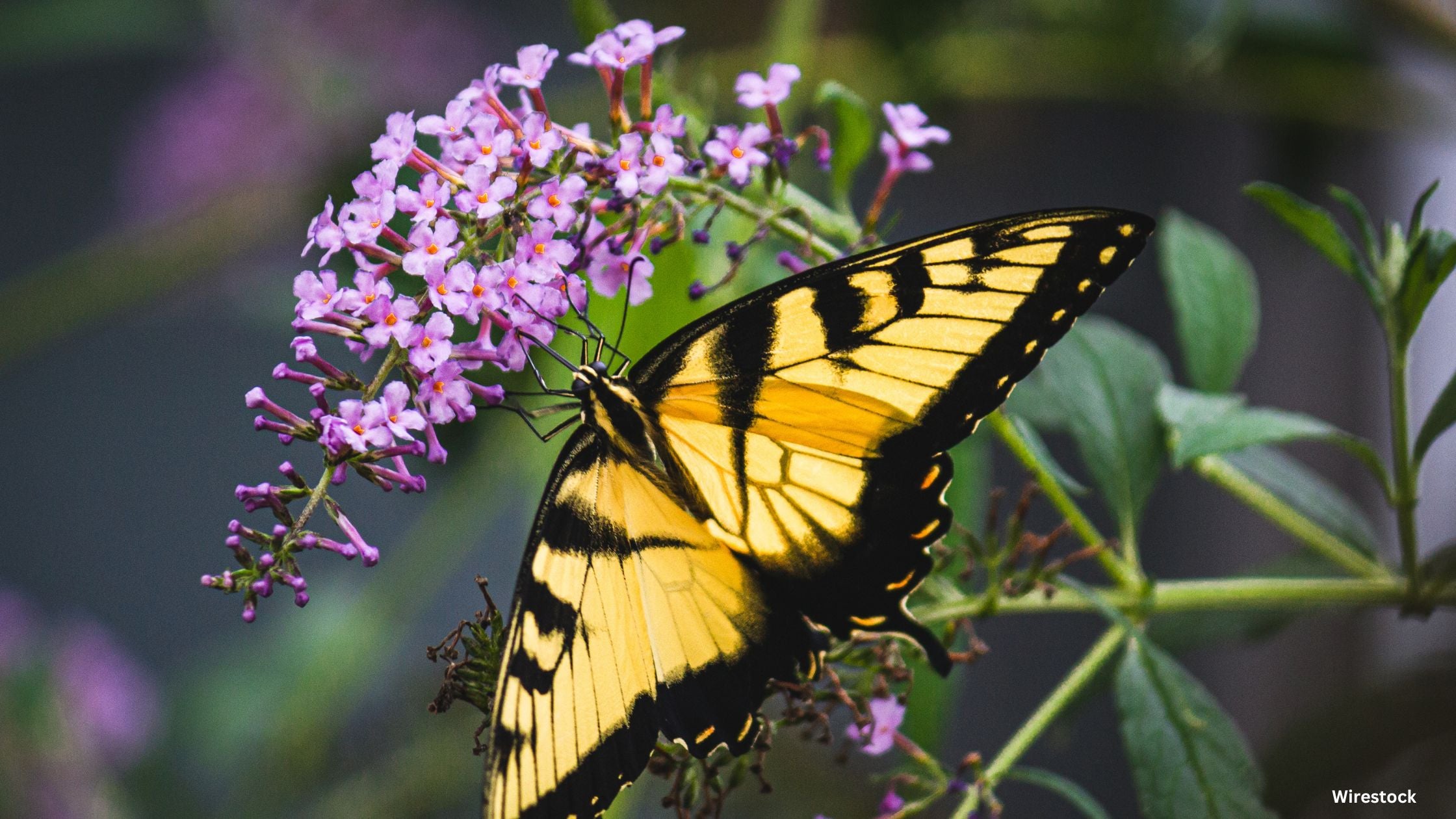
Food for Monarchs and Pollinators
Gardeners in Saskatchewan are well aware of the value of pollinators in our farming based province. There has been a rapid decline of pollinators all over the world. One of these important insect pollinators, the Monarch Butterfly (Danaus plexippus), is considered an endangered species. Monarch populations can fluctuate from year to year but their numbers have greatly reduced over the last ten years.
Their loss has been attributed to many reasons: Loss of winter habitat in Mexico due to the illegal deforestation of its wintering ground – the Oyamel Fir Tree Forest in the Sierra Madre Mountains. In California numbers have been drastically reduced by fires and extreme weather changes due to climate change. Here in Canada the biggest threat is also habitat loss due to pollution, urban development, extreme weather and pesticide use. Pesticide use is also key to destroying the monarchs favorite plant, the perennial Milkweed.
Monarch butterflies are easily identified. They have bright orange wings that have black veins and white spots on the outside edges of the wings and on their black bodies. Male monarchs have two distinct black dots; one on each hind wing. They are a larger butterfly with a wingspan of 7-11 cm. Monarch butterflies have the longest and largest insect migration in North America. Like some birds they cannot tolerate our extreme winters and fly to Mexico or stay and winter in California. They are divided into two groups, the Eastern group are those that migrate to Mexico from across southern Canada and the western group which summer in the mid-western U.S. states and winter in California.
In early spring, the eastern population takes 3-4 generations to migrate north from their wintering grounds in central Mexico. Migrating monarchs live 2-5 weeks, mate, and lay eggs that will become the next generation. They arrive in Canada around late May. Monarchs have been sighted as far north as the central parts of Saskatchewan, Manitoba and Alberta. In early fall, the last generation will migrate south to Mexico to overwinter. This last generation actually lives up to 9 months before laying eggs. Their offspring will begin the long migratory flight North.
Adult Monarchs feed on the nectar of many wild flowers found on grasslands, fields and meadows but the females only lay their eggs on the underside of Milkweed leaves. And not just any Milkweed plants; the plants must be in the Asclepias genus! Milkweed leaves provide the only food the larvae will eat until it pupates and becomes an adult butterfly. Monarch larvae are not hard to miss as they are 5 cm long with distinctive body bands of white, black and yellow. The Milkweed plants contain a toxic latex sap that enters the larvae’s system, making them very unappealing to predators. As they feed and grow, they molt 5 times, attach themselves to a milkweed twig and become a chrysalis or pupa. Two weeks later an adult monarch butterfly emerges. This whole process takes about a month to complete. The toxin remains in the adult’s body its whole life and that along with their bright colors serve as a warning to predators. DO NOT EAT!
There are many native and cultivated Milkweed varieties/cultivars that we can grow available in garden centres and retail outlets in the spring. Milkweed seed is also available.
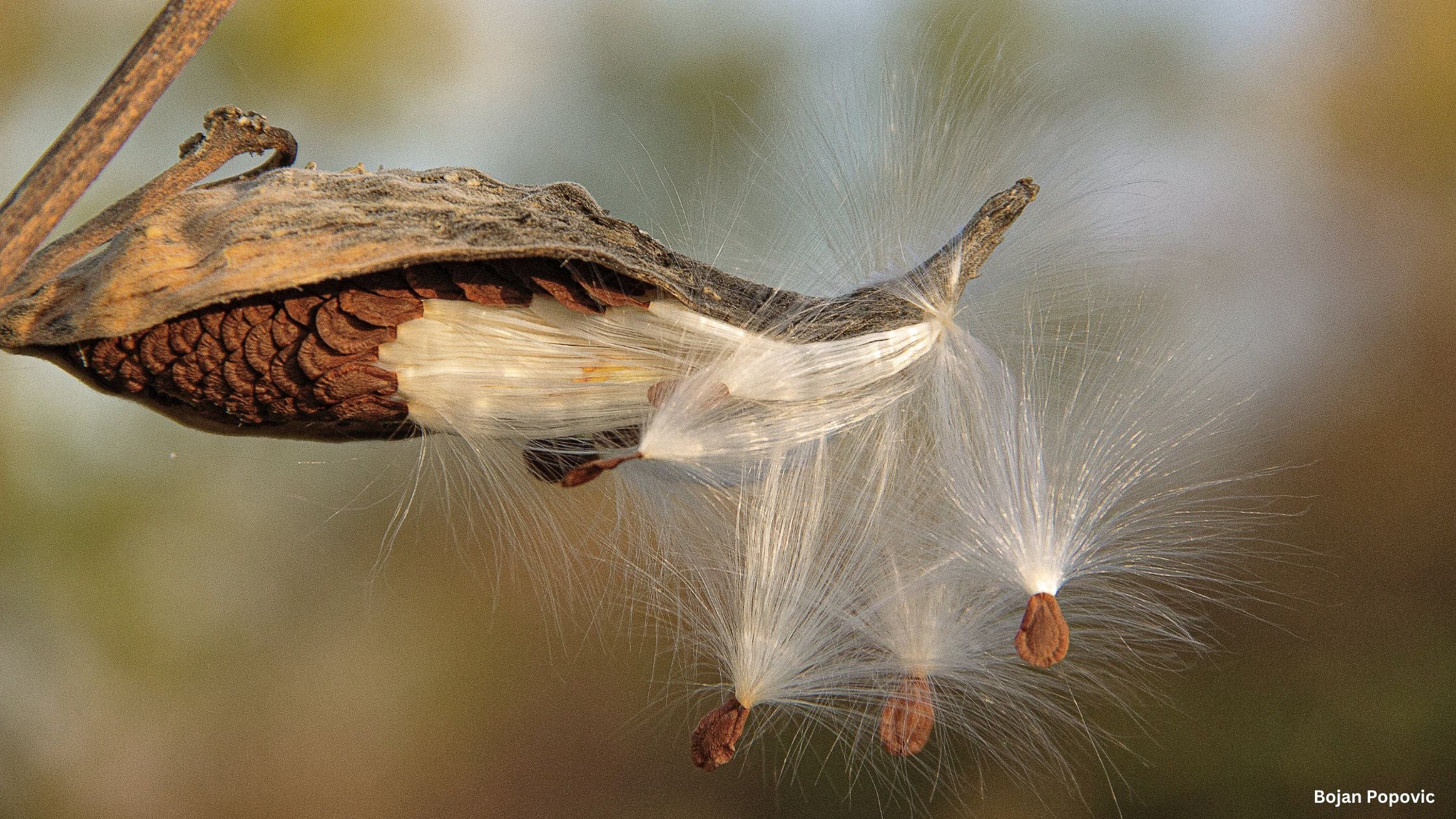
Milkweed species cultural requirements are almost all the same. Most generally like to be in a full sun location. They are not overly picky as to soil and pH but do require a location with good drainage. Most are drought tolerant once established. Propagation is by cuttings or seed. The seed must go through a period of vernilization (cold) before it will germinate. Most will not bloom in the first year and may take up to three years to flower. Do not fertilize. All have seeds that have long wispy hairs which help the seed to catch the wind for dispersal. Cut back to the ground in fall once leaves have browned. Milkweeds are very slow in spring to come up after their winter nap. They will clump out and spread slowly (being rhizomatous) and they also have a taproot which makes them hard to transplant.
The following are 5 - Zone 3 Milkweeds for urban garden planting.
Please note: Some of the plants below may be better suited to a corner of your garden that is somewhat out of the way – not in a planted perennial bed. The Monarch butterflies (and other good guys) will find them, don’t worry!
Butterfly Weed – Asclepias tuberosa - Perennial - Zone 3

Height: 30-60 cm. Spread: 30-45 cm. This milkweed is slow to establish and may not flower for 1-3 years. The flowers appear as umbels of orange, yellow or red from June to August. They are fragrant and carry a lot of nectar for pollinators. Remove seed heads in fall before they open. This Butterfly Weed is only mildly toxic to humans and animals. This makes it a safe alternative for gardens with pets or children. Named cultivars are ‘Hello Yellow’, ‘Gay Butterflies’, and ‘Western Gold Mix’ which grows best in alkaline soils.
Showy Milkweed - Asclepias speciosa - Perennial - Zone 3-9
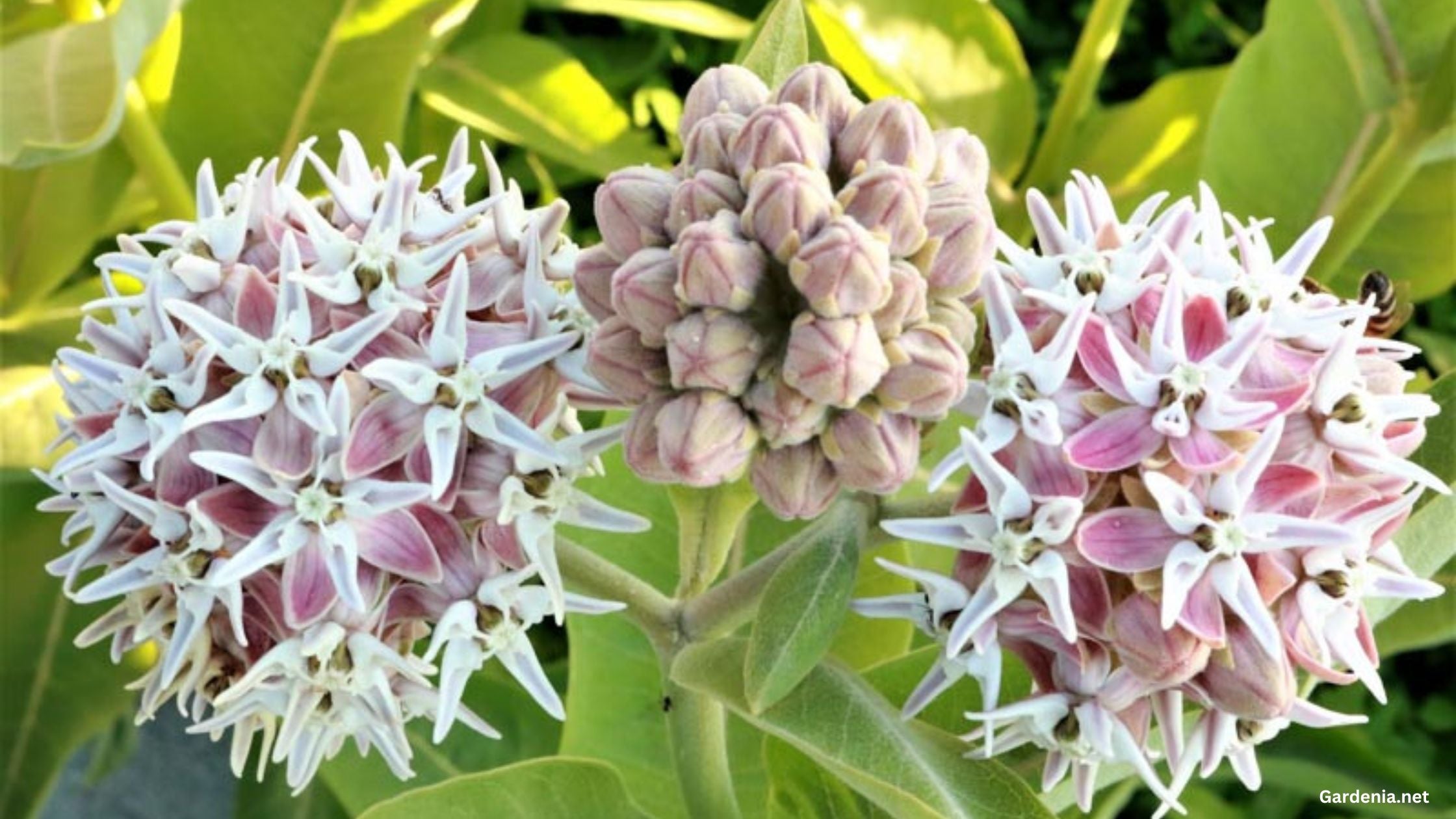
Showy milkweed is found in the western provinces from southern Manitoba to southern B.C. Once established, it will grow in dry, arid neutral to alkaline soil conditions. Grows 30 cm to 1 m in height with a 30-60 cm spread. Not overly aggressive but will slowly spread. The leaves are large, oval and bluish green.
Rosy pink, star-shaped, fragrant flowers appear in May and continue on to September. The umbels are 8 cm across. Deadhead when bloom is finished to avoid self -seeding.
Asclepias verticillata - Whorled Milkweed - Perennial – Zone 3-10
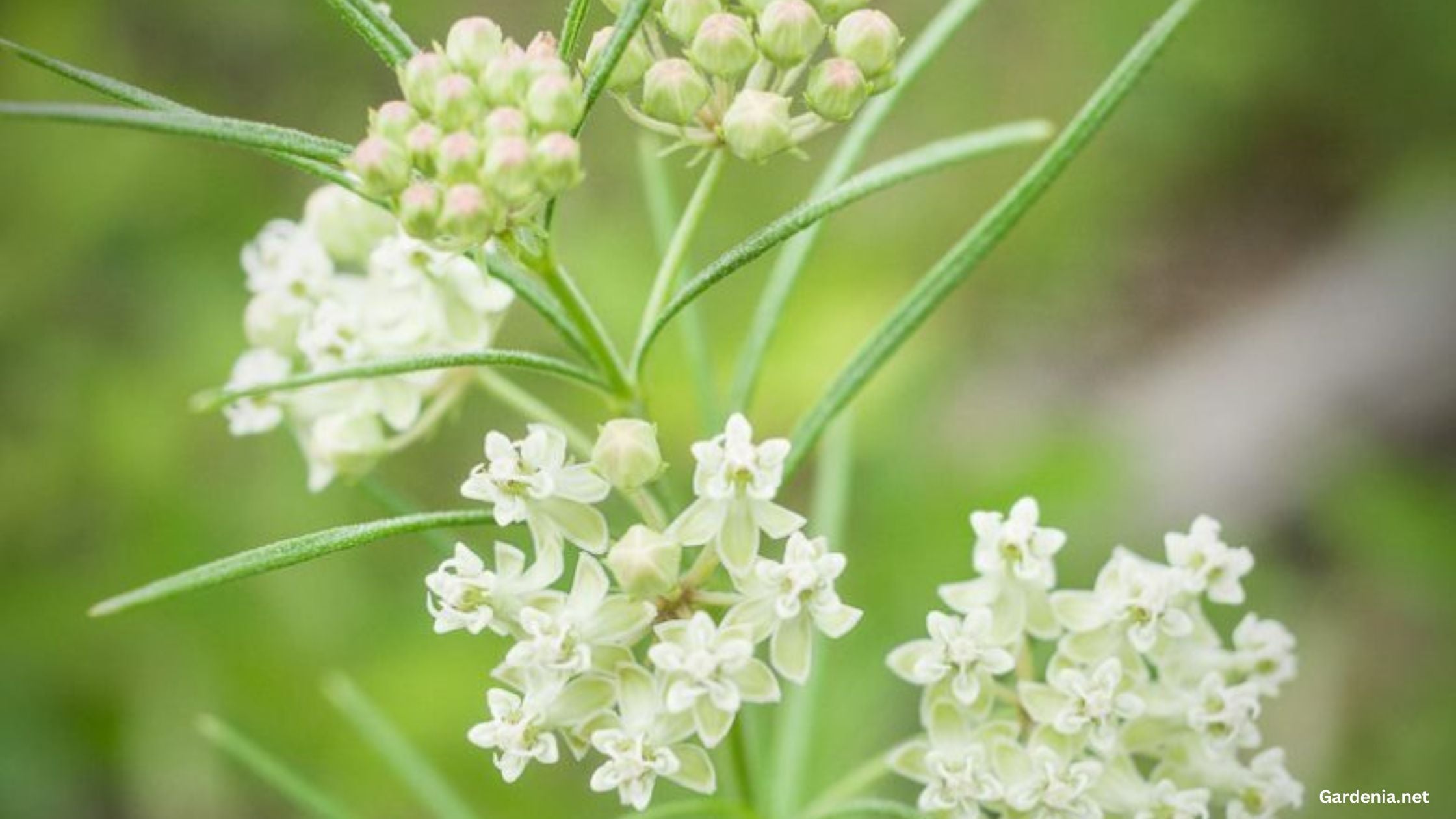
Whorled Milkweed is native to Eastern North America and parts of Western North America. It grows as a single stem 60 cm – 1 m tall and 30-60 cm wide. The leaves are narrow, linear and arranged in whorls of 4 – 6. This milkweed grows naturally on the dry prairies, fields, pastures and roadsides in full sun to part shade. It will form colonies from rhizomatous roots. Propagation is by seed or cuttings.
The fragrant, greenish white umbels appear in mid- summer, continuing into autumn. It will go into dormancy late in fall so makes a great late food source for the Monarchs. Will self-seed.
It is toxic to livestock so is considered a weed in range areas. Also toxic to humans and pets.
It is deer and rabbit resistant.
Purple Milkweed - Asclepius purpurascens – Perennial – Zone 3-8

Full Sun to Part Sun
Height: 60 – 90 cm Spread: 30 – 90 cm
Purple Milkweed does not have a tap root.
Purple Milkweed will grow in most soil types, even dry clay. Umbels are made up of light pink to dark rosy-magenta flowers filled with nectar.
Takes time to establish but worth it. Will flower from 1-3 years old after planting.
This plant spreads by re-seeding and underground rhizomes. It is advisable to plant it in less used parts of your garden – not in flowerbeds.
Swamp Milkweed – Asclepias incarnata - Perennial - Zone 3-6
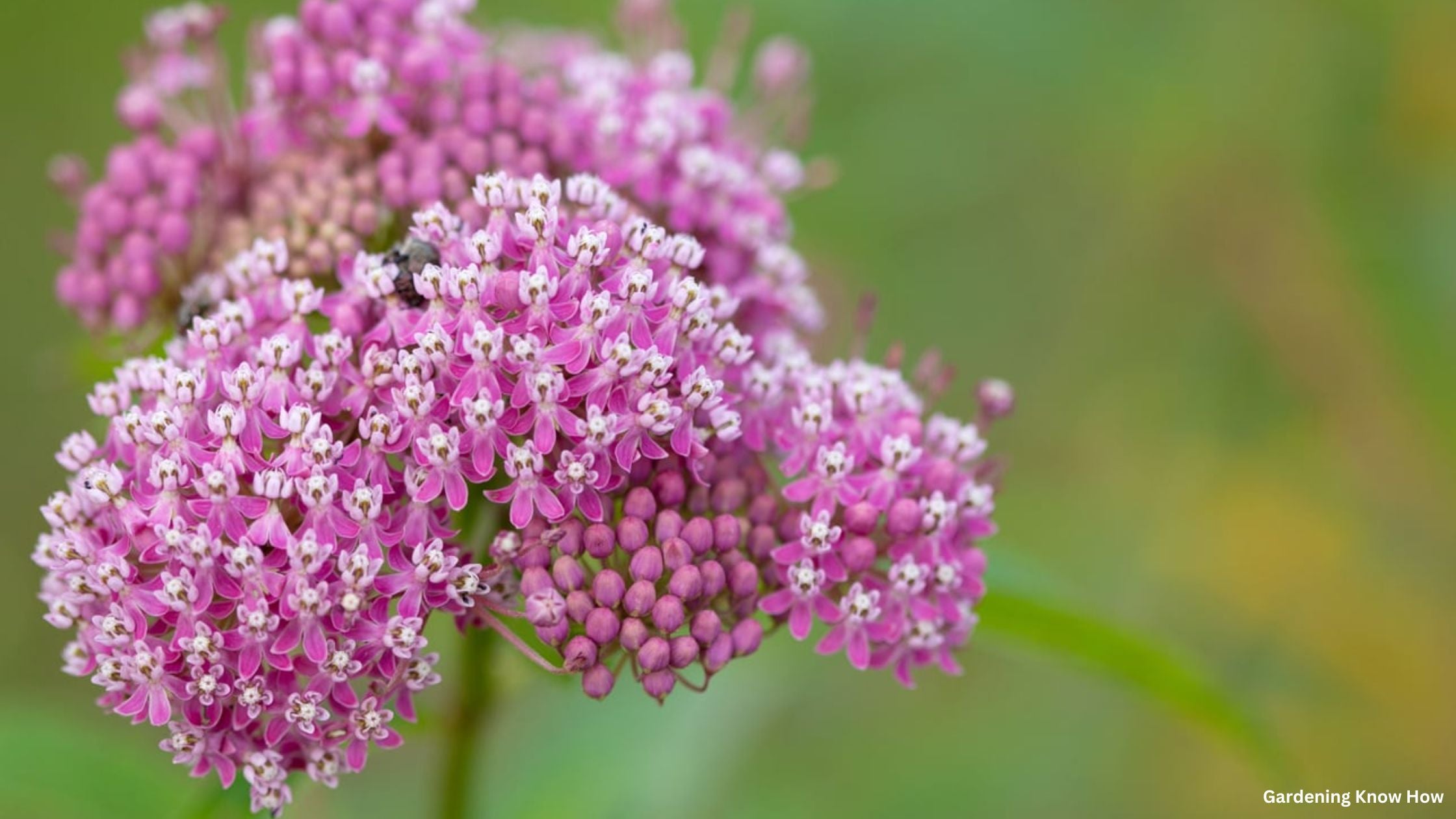
Found on the Prairie Provinces to P.E.I.
Full Sun to Part Shade
Height: 1.2 to 1.6 m Spread: 60-90 cm spread.
The stiff leaves are narrow, lance-shaped and appear in pairs. Prefers moist, well-drained, clay-loam soil. Not fussy as to soil pH. Can be planted next to ponds and streams.
Fragrant umbels of pink/ mauve or white flowers. Blooms mid-summer to early fall.
Deadhead to get a second flush of flowers and to remove seed heads.
Spreads slowly by underground rhizomes and is easily contained. It is considered non-invasive.
Cultivars include ‘Cinderella’, ‘Ice Ballet’ and ‘Soul Mate’. ‘Cinderella’ and ‘Ice Ballet’ have a vanilla fragrance.
Deer resistant.
What Can We Do?
The good news is that there is a huge movement by biologists, entomologists, gardeners and environmentalists to educate people, create pollinator gardens and protect land that is beneficial to pollinators. We can help out by not using pesticides, planting or seeding pollinator gardens and not using seeds that have been treated with neonictinoides.
The Mexican government has created the Monarch Butterfly Biosphere Reserve which protects many hectares of Oyamel fir trees that are the wintering grounds for Monarchs in the Sierra Madre Mountains.
Report Monarch sightings –To report a Monarch Butterfly sighting in Saskatchewan call Nature Saskatchewan’s toll free line at 1-800- 667-HOOT (4668).
Wear gloves when handling Milkweed as the sap is irritating to the skin, eyes and mouth. All parts of the milkweed plant contain cardiac glycosides that are toxic to humans. It is also toxic to farm animals and birds. This includes birds kept as pets in our homes.
Milkweed blooms make great cut flowers. Flame sear the stem ends to stop the flow of sap. Seed heads are also great in dried arrangements.

Can you explain why they aren’t recommended for flower bed areas?